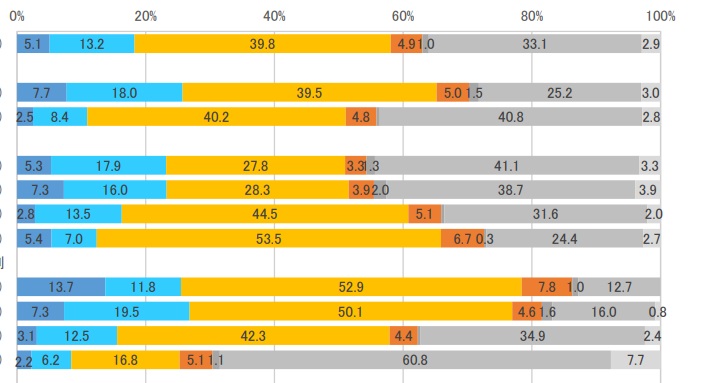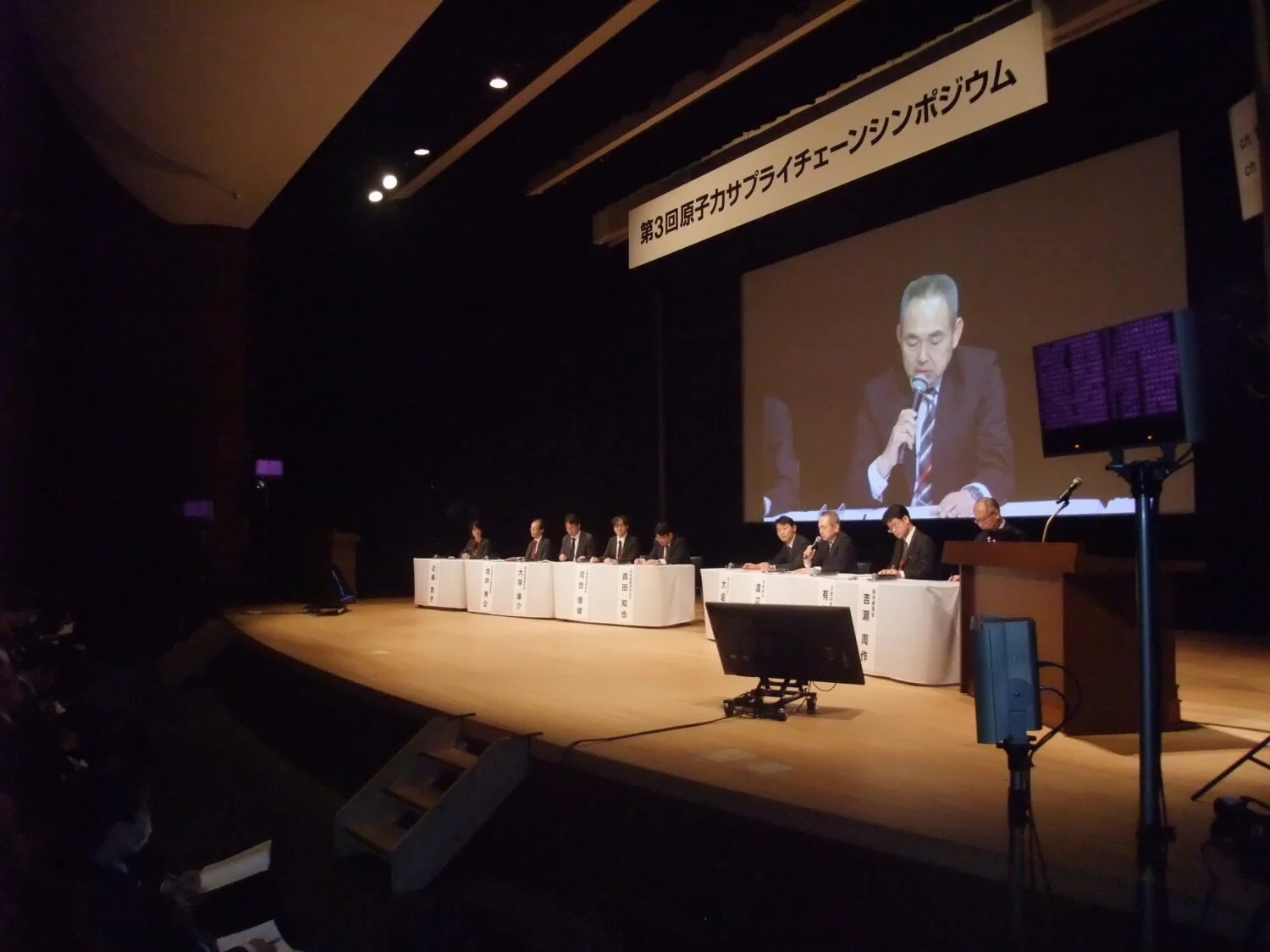QST developed the JT-60SA, a superconducting-coil tokamak plasma test device, in conjunction with Fusion For Energy (F4E)―whose full name is the European Joint Undertaking for ITER and the Development of Fusion Energy―as part of the broader approach to complement and support the International Thermonuclear Experimental Reactor (ITER) Project.
In 2007, the “construction” of the JT-60SA was launched―that is, the previous JT-60 was disassembled and upgraded, followed by the beginning of the assembly of the super-advanced “SA” in 2013. Six years later, in 2019, the installation of the central solenoid―the core of a superconducting-coil tokamak―took place. Last fall, on October 23, 2023, the JT-60SA achieved its first plasma, marking the first operation of a tokamak device in Japan in 15 years, ever since the JT-60 ceased operation in 2008.
Tokamak-type fusion is achieved via confinement within a donut-shaped magnetic chamber. Last month, on September 4, it was verified that the JT-60SA had achieved a plasma volume of 160m3, exceeding the previous maximum of 100m3 made elsewhere, and Guinness’s recognition was updated accordingly. On October 19, a Guinness certification ceremony will take place at the Naka Fusion Institute.
QST expects the achievement to further the development of a control system for ITER and demonstration reactors, with the purpose of dealing with greater plasma volumes.
Guinness World Records also recognizes Kashiwazaki Kariwa Nuclear Power Plants (Units 1-7, total capacity of 8,212MW) of the Tokyo Electric Power Co. (TEPCO) as the nuclear power plants with the world’s largest output.





-1.png)






